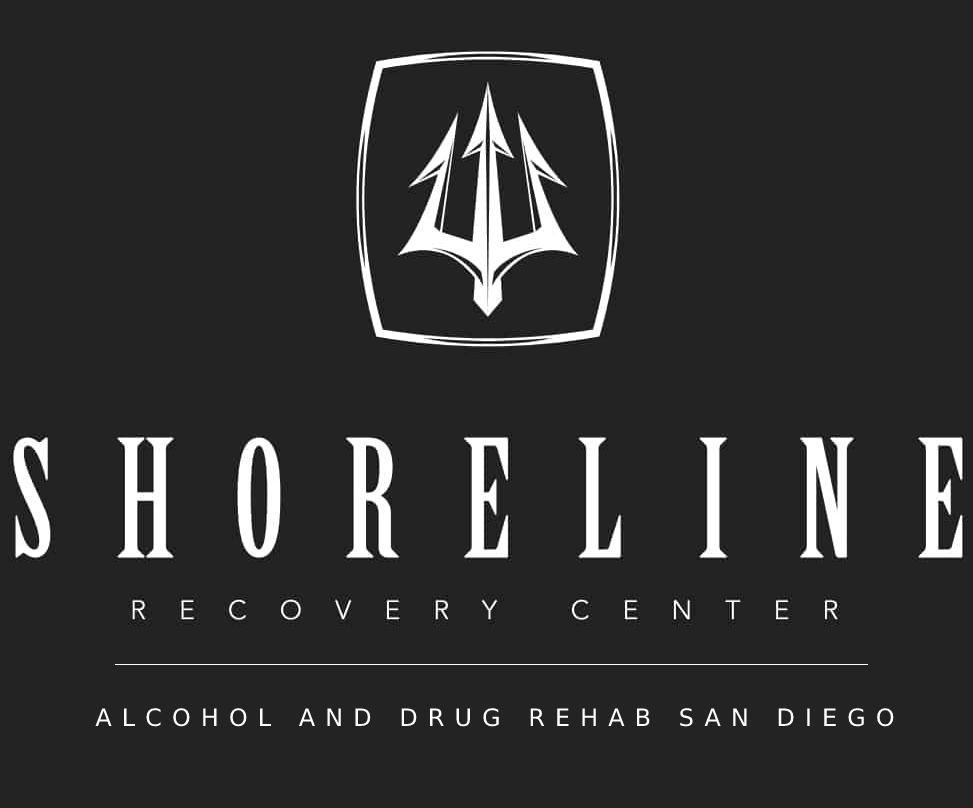Psychoactive drugs are substances that alter brain function, resulting in changes in mood, perception, cognition, and behavior. These drugs can range from legal medications prescribed by doctors to illicit substances used recreationally.
Understanding the different types of psychoactive drugs and their effects is essential, especially if you or a loved one is facing challenges with substance use. At Shoreline Recovery Center, we are committed to providing effective treatment for those battling addiction and helping individuals reclaim their lives.
Here are some common examples of psychoactive drugs and their effects:
1. Alcohol
Alcohol is one of the most widely used psychoactive substances in the world. It’s legal for adults and is often consumed socially. Alcohol affects the central nervous system (CNS), causing relaxation, lowered inhibitions, and euphoria. However, excessive alcohol consumption can lead to dependence, liver damage, impaired judgment, and long-term cognitive issues. Chronic use also increases the risk of developing alcohol use disorder (AUD), which can have detrimental impacts on both mental and physical health.
2. Cocaine
Cocaine is a powerful stimulant that increases levels of dopamine in the brain, leading to intense feelings of euphoria, increased energy, and heightened alertness. However, it also poses severe risks, such as heart attacks, strokes, and psychological dependence. Cocaine addiction can be devastating, leading to significant disruptions in personal and professional life, as well as long-term health problems.
3. Benzodiazepines
Benzodiazepines (such as Xanax, Valium, and Ativan) are prescribed to treat anxiety, insomnia, and seizures. They work by depressing the CNS, providing a calming effect. Although useful when prescribed appropriately, benzodiazepines carry a high risk of dependency. Misuse or long-term use can result in cognitive impairment, physical dependence, and withdrawal symptoms that can be life-threatening without medical supervision.
4. Opioids
Opioids, both legal (prescription painkillers like OxyContin and Vicodin) and illegal (such as heroin), are powerful pain-relievers. They work by binding to opioid receptors in the brain and body, blocking pain signals and inducing a sense of euphoria. However, opioids are highly addictive and have led to an ongoing epidemic in the United States. Opioid overdose is a significant risk, as it can slow or stop breathing, leading to death if untreated.
5. Marijuana
Marijuana (cannabis) is a psychoactive drug that has gained legal status in several states for both medicinal and recreational use. The active ingredient, THC, affects the brain by binding to cannabinoid receptors, causing altered perceptions, relaxation, and euphoria. While many people use marijuana responsibly, regular use can impair cognitive function, especially in young people. Long-term or heavy use may lead to dependence and mental health issues, including anxiety and depression.
6. MDMA (Ecstasy or Molly)
MDMA is a synthetic drug with both stimulant and hallucinogenic properties. Often used at parties or clubs, it produces feelings of increased empathy, euphoria, and emotional closeness. However, MDMA can lead to dehydration, hyperthermia, and, with prolonged use, neurotoxicity. Repeated use is associated with memory problems, mood disorders, and addiction.
7. LSD (Lysergic Acid Diethylamide)
LSD is a hallucinogenic drug that distorts reality and alters perception. It is commonly used for recreational purposes, where users experience hallucinations, time distortion, and heightened sensory experiences. Although it is not considered addictive in the traditional sense, LSD can have unpredictable psychological effects, and some users may experience persistent visual disturbances, anxiety, or psychosis.
8. Methamphetamine
Methamphetamine, commonly known as meth, is a highly addictive stimulant that affects the CNS. Users often feel increased energy, wakefulness, and euphoria. However, meth is highly destructive to the body, leading to severe dental issues (“meth mouth”), extreme weight loss, and cardiovascular problems. Long-term use often results in psychological disorders, memory loss, and an increased risk of violent behavior.
Conclusion
Psychoactive drugs, whether legal or illegal, have the power to profoundly affect both the mind and body. While some are prescribed for legitimate medical purposes, many are abused and can lead to addiction, mental health disorders, and serious health consequences. Understanding these substances and their effects is the first step toward prevention and recovery.
If you or a loved one is struggling with addiction to any psychoactive drugs, Shoreline Recovery Center is here to help. Our comprehensive treatment programs are designed to address the root causes of addiction and provide support for long-term recovery. Don’t wait—reach out to us today and take the first step toward a healthier, drug-free life.
If you or someone you care about is battling addiction, don’t hesitate to get help. At Shoreline Recovery Center, our expert team is here to guide you through the recovery process with personalized care and support. Contact us today to learn more about our addiction treatment programs and begin your journey to recovery.







